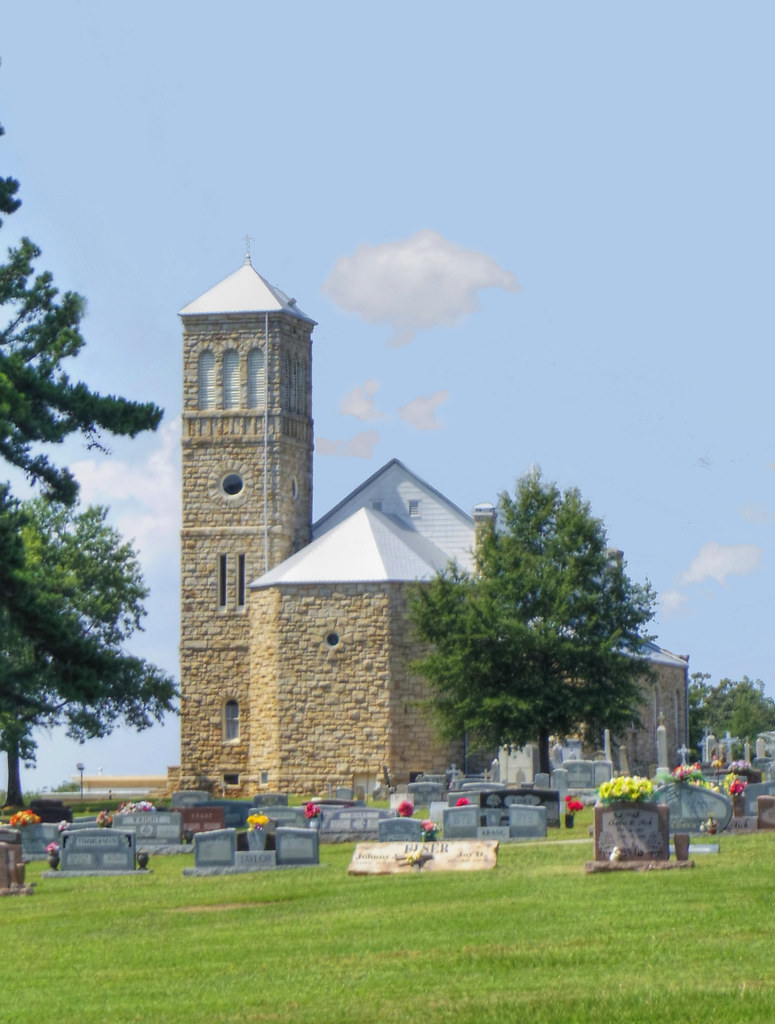- Jun 22, 2023
- 1,173
- 89
- Thread starter
- #141
The Mark Of Forgiveness.
The mark of forgiveness was a single charcoal line placed upon the forehead; it was given by the priest to let the people know that the person had been forgiven.
The pole Moses made to hang the serpent was not a cross either, it was a single pole. The charcoal mark is symbolic of that pole Moses made. Christ was hung on a single pole, not a cross.
Ezekiel 9:4
and said to him, “Go throughout the city of Jerusalem and put a mark on the foreheads of those who grieve and lament over all the detestable things that are done in it.”
Ezekiel 9:6
Slaughter the old men, the young men and women, the mothers and children, but do not touch anyone who has the mark. Begin at my sanctuary.” So they began with the old men who were in front of the temple.
In order to fulfill prophecy the Messiah had to die on a (stake or pole.)
Pope Gregory and Paganism.
The attitude of the Catholic Church toward paganism is best summed up by Pope Gregory the Great, in his words to a missionary: “You must not interfere with any traditional belief or religious observance that can be harmonized with Christianity.”
Pope Gregory 540 – 12 March 604.
Not only were the Congregations divided by Gnosticism, but enticed by philosophy and paganism also, and there were geographic divisions as well.
What were the Pagan beliefs harmonized with Christianity? The answer can be found by comparing Orthodox Judaism to Paganism.
The mark of forgiveness was a single charcoal line placed upon the forehead; it was given by the priest to let the people know that the person had been forgiven.
The pole Moses made to hang the serpent was not a cross either, it was a single pole. The charcoal mark is symbolic of that pole Moses made. Christ was hung on a single pole, not a cross.
Ezekiel 9:4
and said to him, “Go throughout the city of Jerusalem and put a mark on the foreheads of those who grieve and lament over all the detestable things that are done in it.”
Ezekiel 9:6
Slaughter the old men, the young men and women, the mothers and children, but do not touch anyone who has the mark. Begin at my sanctuary.” So they began with the old men who were in front of the temple.
In order to fulfill prophecy the Messiah had to die on a (stake or pole.)
Pope Gregory and Paganism.
The attitude of the Catholic Church toward paganism is best summed up by Pope Gregory the Great, in his words to a missionary: “You must not interfere with any traditional belief or religious observance that can be harmonized with Christianity.”
Pope Gregory 540 – 12 March 604.
Not only were the Congregations divided by Gnosticism, but enticed by philosophy and paganism also, and there were geographic divisions as well.
What were the Pagan beliefs harmonized with Christianity? The answer can be found by comparing Orthodox Judaism to Paganism.








